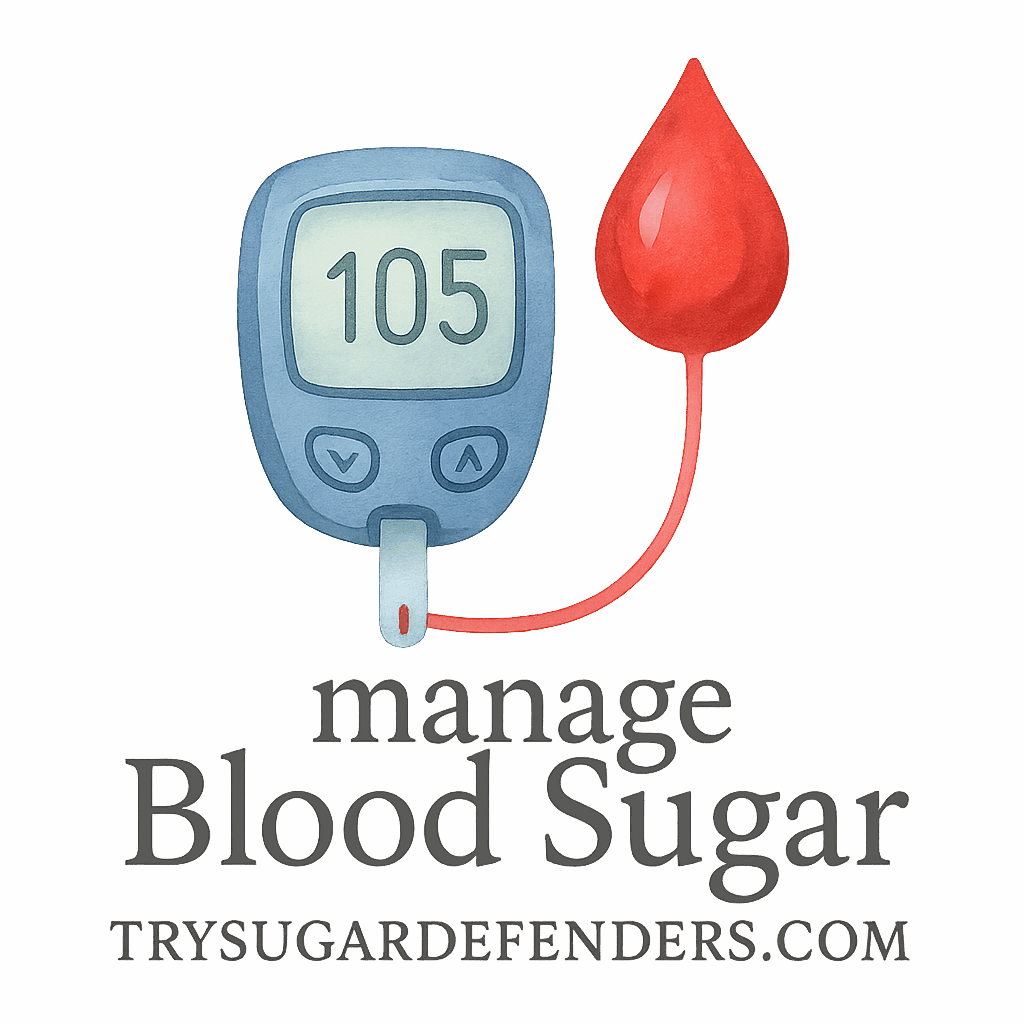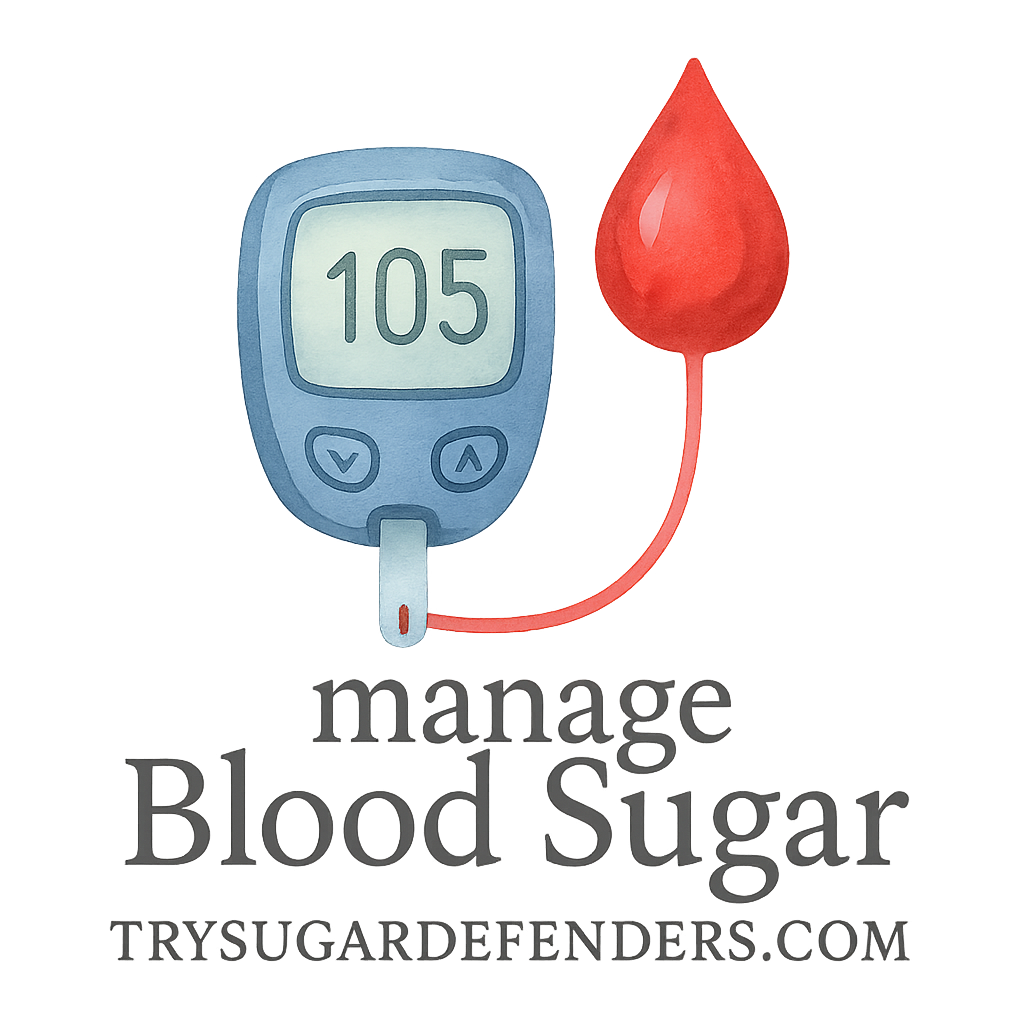Introduction
Ever feel like managing your blood sugar is a full-time job? You’re not alone. The secret sauce to keeping things under control lies in one powerful strategy: goal setting. But not just any goals—specific, actionable methods that help you stay consistent and confident.
If you’re looking for real ways to manage your blood sugar (and your sanity), keep reading. These goal-setting methods aren’t just fluff—they’re practical tools backed by behavioral science and real-world success stories.
Why Goal Setting Matters for Blood Sugar Control
Setting goals gives you direction and motivation. It’s like having a GPS for your wellness journey. Instead of guessing your way through blood sugar management, you create a clear roadmap.
Studies show that people who set structured goals are significantly more likely to maintain healthy blood sugar levels and reduce complications. Whether you’re pre-diabetic or living with Type 2 diabetes, these strategies work.
👉 Learn more at Sugar Defenders, your ultimate resource for blood sugar control tips, plans, and tools.
Method #1: SMART Goals
What Are SMART Goals?
SMART stands for:
- Specific
- Measurable
- Achievable
- Relevant
- Time-bound
It’s one of the most effective ways to define a goal that’s not just a wish.
How SMART Goals Help Blood Sugar Levels
Let’s say your goal is “I want to be healthier.” That’s vague. A SMART version? “I will check my fasting blood sugar every morning for 30 days.”
This helps you:
- Track progress daily
- Stay consistent
- Build lasting habits
Real-Life Example of SMART Goal Setting
Example: “I will walk 30 minutes after dinner five days a week to help stabilize post-meal glucose.”
👉 Combine this with expert exercise & lifestyle tips from Sugar Defenders for even better results.
Method #2: Habit Stacking
The Power of Tiny Routines
Habit stacking means attaching a new habit to an existing one. You piggyback the new behavior onto something you already do without thinking.
Example: “After I brush my teeth, I’ll take my supplements.”
Habit Stacking for Diabetes Management
- After measuring your blood sugar → log it in your app
- After lunch → take a 10-minute walk
- After dinner → prepare your next meal’s veggies
These tiny changes build momentum.
👉 See more ideas at Behavioral & Mental Strategies.
Method #3: Backward Planning
Starting With the End in Mind
Backward planning means setting a long-term goal and working backward to identify steps to get there. It’s used by CEOs, Olympic athletes, and now—you.
Applying Backward Planning to Blood Sugar Targets
Let’s say you want your A1C below 6.5% in 6 months. What needs to happen each month?
- Month 1: Track glucose daily
- Month 2: Cut sugar-sweetened drinks
- Month 3: Add 20 minutes of exercise daily
Planning backward keeps your strategy grounded in action.
👉 Dive deeper into goal-setting strategies here.
Method #4: 90-Day Goal Framework
Why 90 Days Works
Why not aim for the whole year? Because 90 days is long enough to make real progress—and short enough to stay focused.
Creating Your 90-Day Plan for Glucose Control
Set one major goal for each 90-day cycle, such as:
- Lower fasting blood sugar by 15 mg/dL
- Eliminate all processed sugars
- Walk 150 minutes per week
Use tools from the Monitoring & Tracking section to track your 90-day journey.

Method #5: Visualization Techniques
Mental Rehearsal & Blood Sugar Control
Visualization is not woo-woo—it’s a proven psychological trick used in everything from sports to healing. Picture yourself preparing a healthy plate, checking your sugar, or resisting junk food.
How to Use Visualization in Your Routine
Each morning, take 2 minutes to:
- Visualize making a healthy choice
- Picture your blood sugar stabilizing
- See yourself energetic and in control
👉 Check out more mental strategies to reinforce positive habits.
Method #6: Accountability Systems
Why Accountability Boosts Consistency
Let’s face it—left to our own devices, we slack. Accountability turns your plan into a promise.
Types of accountability:
- Daily check-ins with a buddy
- Weekly messages with a coach
- Using a public tracker or diary
Setting Up a Support Structure
Use apps, join forums, or work with your healthcare team to build accountability.
👉 Get the lowdown on helpful devices and tools for goal tracking.
Integrating Goal Setting With Your Daily Routine
The best goals don’t live in your notebook—they live in your daily routine.
Start small:
- Use reminders
- Track your goals visually
- Celebrate small wins
Routine > Motivation. Every. Single. Time.
👉 For tips on forming healthy routines, visit our routine section.
Tools That Help You Monitor Your Goals
Apps, Devices & Logs
Whether it’s a smartwatch, glucose monitor, or a simple journal—tools make tracking easier.
- Use apps to log meals
- Get a glucose tracker for daily feedback
- Try reminder apps for medications
👉 Explore the best tools at Monitoring & Tracking.
How to Track Progress the Right Way
- Don’t obsess daily—watch trends
- Record triggers for high readings
- Share results with your doctor monthly
👉 Need a doctor’s input? Check the consultation page for guidance.
Common Mistakes to Avoid When Goal Setting
- Setting vague goals like “I want to be healthy”
- Being overly ambitious
- Not writing your goals down
- Ignoring feedback from your body
Start slow, aim for progress, not perfection.
Conclusion
Blood sugar control isn’t just about what you eat—it’s also about what you plan.
These six goal-setting methods—SMART goals, habit stacking, backward planning, 90-day frameworks, visualization, and accountability—aren’t just techniques. They’re your new lifestyle allies.
Remember, managing your health is a marathon, not a sprint. But every step counts, especially when you know where you’re headed.
For more guides, expert tips, and a supportive community, visit Sugar Defenders.
FAQs
1. What’s the best goal-setting method for beginners?
SMART goals are perfect for starting out because they’re simple, specific, and action-driven.
2. How can I stay consistent with my goals?
Use habit stacking and accountability systems. Consistency comes easier when you attach new habits to daily routines.
3. Can goal setting really lower my blood sugar?
Absolutely. Structured goal setting helps you build better habits, which directly impact your glucose control.
4. How long before I see results with these methods?
You may notice changes in as little as 30 days, but significant improvements typically show in 60–90 days.
5. What tools help track my goals effectively?
Try glucose monitors, habit tracking apps, or health journals. Visit our monitoring section for more.
6. Do I need to set goals with my doctor?
It’s highly recommended. Doctors help fine-tune your goals for safety and effectiveness. Explore our doctor consultation tips.
7. Are there supplements that support goal-based blood sugar management?
Yes, explore medical supplements that work in tandem with your goals.


